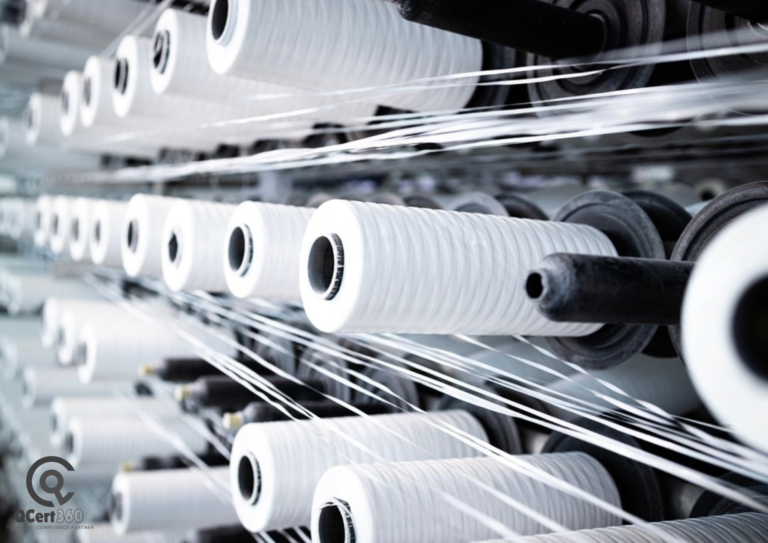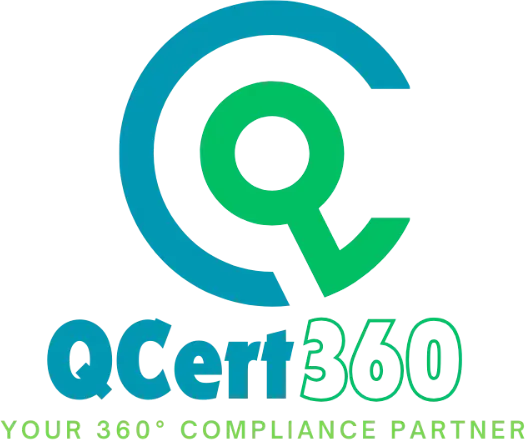
Let’s get one thing clear: if you’re still treating social responsibility as a checkbox exercise, you’re already behind. Investors, regulators, and even customers are aligning their wallets and decisions with brands that actually walk the talk on ethics and sustainability. Two standards making real noise in this space are SA 8000 and ISO 26000. Not just buzzwords, these frameworks are changing how global supply chains, exporters, and ESG (Environmental, Social, and Governance) investors evaluate companies.
This isn’t theory. It’s happening now—in Vietnam, the Middle East, Southeast Asia, Africa, and Latin America.
SA 8000: Social Accountability That Goes Beyond PR
SA 8000 is a certification standard based on international labour rights. Developed by Social Accountability International, it focuses on workplace conditions, worker rights, child labour prevention, fair wages, health and safety, and freedom of association.
For companies sourcing from regions like Vietnam or Bangladesh, SA 8000 certification for ethical sourcing in Vietnam or SA 8000 social accountability for Bangladesh garment factories is becoming a baseline requirement to enter global procurement platforms. These certifications send a signal to buyers and partners: “We treat people right.”
Even textile companies in Turkey are calculating the SA 8000 certification cost for textile companies in Turkey as part of their growth strategy. They know buyers are no longer impressed with lip service. They want receipts. SA 8000 is your receipt.
ISO 26000: The Strategy Behind the Headlines
ISO 26000 isn’t a certifiable standard like SA 8000. It’s a comprehensive guidance framework for integrating Corporate Social Responsibility (CSR) into your entire business strategy.
Think of it as the blueprint for behaving like a responsible company—across labor, environment, consumer rights, fair operating practices, and community involvement. While SA 8000 focuses on labor practices, ISO 26000 CSR compliance for Middle East exporters and ISO 26000 sustainability strategy for African SMEs go wider and deeper.
ISO 26000 for socially responsible businesses in Qatar and ISO 26000 ESG framework for ethical investors are increasingly used to inform investor reporting, tender bids, and global ESG scoring systems. The pressure is real.
Why ESG Investors Are Watching SA 8000 & ISO 26000 Standards
Let’s talk money. ESG-focused investors are prioritizing supply chain transparency and human rights metrics in their risk assessments. They want third-party validations and structured frameworks. They’re not just interested in what you’re promising, but how you’re proving it.
This is where the ISO 26000 and ESG investor requirements in the Philippines and ESG reporting using SA 8000 and ISO 26000 in Malaysia come in. These regions are already feeling the heat from ESG rating agencies. If you’re exporting to Europe or engaging with ESG investors, these standards are becoming non-negotiable.
Real-World Case Study: A Garment Exporter in Bangladesh
A medium-sized garment exporter in Dhaka was losing out on contracts to suppliers in Vietnam and Turkey. The buyers—two major fashion brands from Europe—cited labor conditions, lack of transparent grievance mechanisms, and weak ESG documentation.
The exporter partnered with Qcert360. First, Qcert360 conducted a gap analysis for SA 8000 compliance for labor rights in Southeast Asia. The report was brutal, but accurate. Within four months, the factory had upgraded worker facilities, rolled out grievance redressal SOPs, and trained its mid-level managers.
In parallel, Qcert360 introduced ISO 26000 principles to the leadership team. The focus was long-term: CSR policy design, community engagement planning, and stakeholder mapping. Within six months, the factory not only got SA 8000 certified but also published its first ESG-compliant impact report.
Twelve months later, both fashion brands were back. This time, they signed three-year sourcing contracts. That’s the power of credibility built on real standards.
Why Qcert360 for SA 8000 & ISO 26000 certification?
There’s certification, and then there’s transformation. Qcert360 does both. With extensive experience across SA 8000 and ISO 26000 implementation guide for Latin American brands, we specialize in:
- SA 8000 audit checklist for global supply chains
- ISO 26000 training for ESG teams in South Korea
- Tailored roadmap design for ISO 26000 and SA 8000 integration
- Practical tools for implementation and stakeholder reporting
We’ve worked with exporters in the Middle East, SMEs in Africa, and fashion brands in Southeast Asia. Our consultants don’t hand you jargon. They walk the shop floor, sit with your HR, and help you build ethical practices that actually work.
Implementation of SA 8000 & ISO 26000: It’s Not As Complicated As You Think
SA 8000 and ISO 26000 might sound overwhelming at first, but they scale. Whether you’re a five-person social enterprise or a 500-employee manufacturing unit, the frameworks can be adapted.
- SA 8000: Start with labor contracts, work hours, grievance systems, and health & safety.
- ISO 26000: Focus on governance, stakeholder engagement, fair practices, and community impact.
Even emerging brands can start small. Use ISO 26000 as a self-assessment tool while budgeting for SA 8000 certification. Build incrementally.
Where SA 8000 & ISO 26000 certification Matters Most
Let’s spotlight some active regions:
- Vietnam: Ethical sourcing is top of mind for foreign buyers. SA 8000 certification for ethical sourcing in Vietnam is rising fast.
- Middle East: Government contracts and ESG-focused tenders prioritize ISO 26000 CSR compliance for Middle East exporters.
- Africa: SMEs using ISO 26000 sustainability strategy for African SMEs are accessing impact investment funds.
- Latin America: Social brands are using SA 8000 and ISO 26000 implementation guide for Latin American brands to stand out.
- Southeast Asia: Apparel and electronics suppliers are investing in SA 8000 compliance for labour rights in Southeast Asia.
Final Thoughts: Ethics Is a Strategy
At the end of the day, social responsibility isn’t a cost centre. It’s your brand reputation, your investor magnet, and your competitive advantage.
If you’re serious about building a company that wins long-term contracts, retains ethical investors, and earns customer loyalty, then SA 8000 and ISO 26000 aren’t optional.
Qcert360 can guide you every step of the way. From initial assessments to final certification, we’ll get your house in order—and make sure the world sees it.
FAQs
- Is SA 8000 mandatory?
No, but it’s increasingly expected in supplier audits, especially in apparel, manufacturing, and agriculture sectors. - Can we implement ISO 26000 without certification?
Yes. ISO 26000 is a guidance standard. You apply it internally and show proof through reports and audits. - What’s the typical cost for SA 8000?
Costs vary by size, location, and existing practices. It’s affordable for most medium enterprises. - How long does certification take?
SA 8000 usually takes 3–6 months depending on gaps. ISO 26000 depends on how deep you go. - Can we combine SA 8000 and ISO 26000?
Absolutely. Many companies implement both to cover short-term compliance and long-term strategy. - Who issues SA 8000 certification?
Authorized third-party bodies accredited by Social Accountability International. - Is ISO 26000 accepted in ESG reports?
Yes, especially when aligned with frameworks like GRI or SDGs. - Is this only for big corporations?
No. SMEs, cooperatives, and even startups are using these standards. - What if we only export locally?
Even local B2B buyers are adding social accountability into procurement criteria. - How do we start with Qcert360?
Easy. Drop us a message. We’ll do a readiness check, scope the project, and kick off within days.


